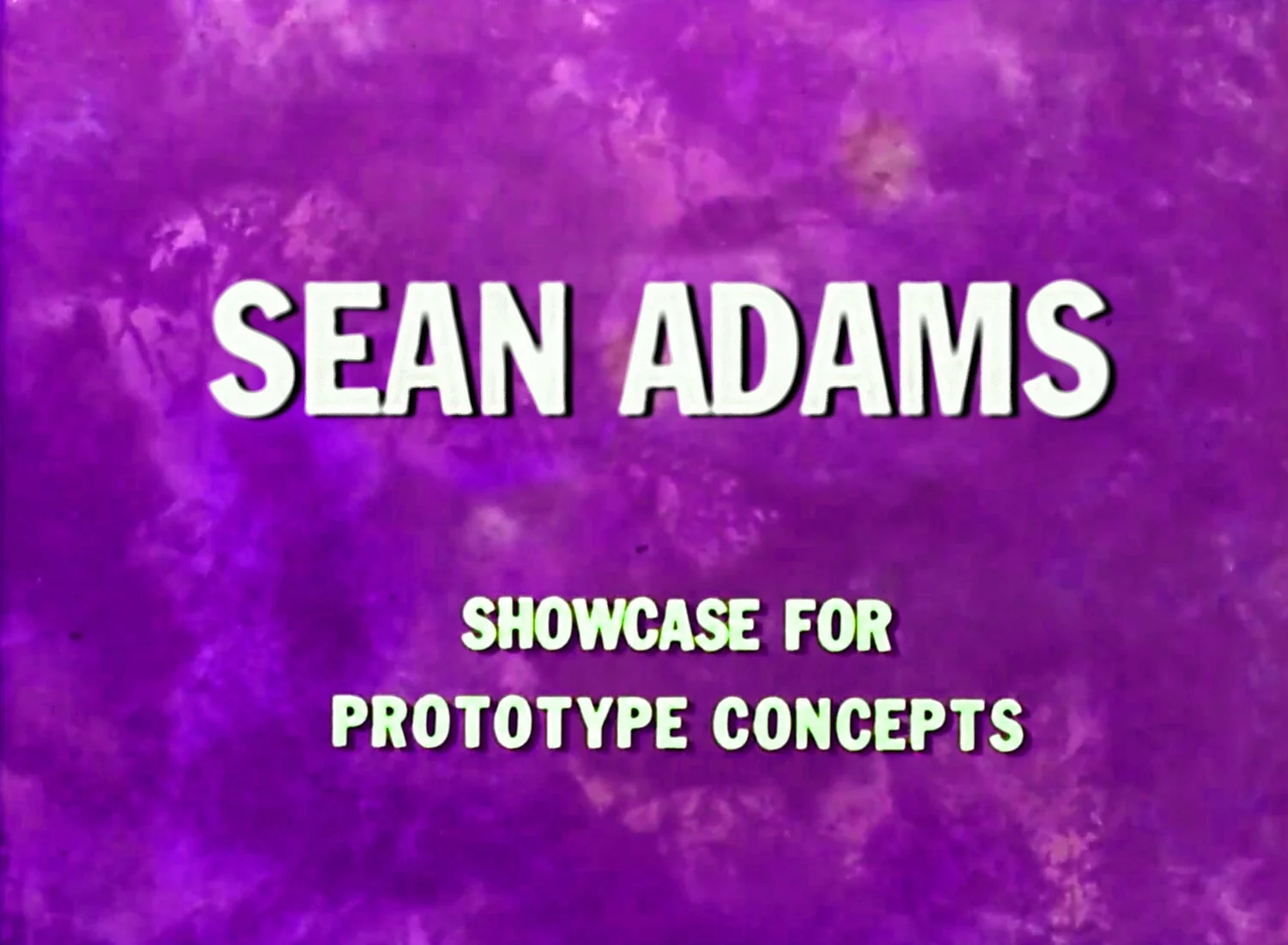California Dreaming
Someone wise said, "Surround yourself with people smarter than you." I find that to be sage advice and not too difficult. The problem is spending time with my friends that are all smart. They discuss books on semiotics, who won the Rome Prize this year, essays in the New York Times about an artist at the Whitney, and so on. I nod along and hope someone asks about Battlestar Galactica or something about American history. But nobody is interested in either. However, I have learned that you can pepper your sentences with these words to sound smart: vernacular, visceral, oblique, didactic, epiphanic, and artifact.
One of my smartest friends, who mysteriously is willing to spend time with me, is Louise Sandhaus. Louise just released a book that was a true labor of love, years in the making. Earthquakes, Mudslides, Fires & Riots: California & Graphic Design 1936–1986. I'm not in it; I didn't graduate until 1986. I'm a media hog, but I love it nevertheless.
Louise found work that was buried and forgotten. It's remarkable and hugely inspirational. When the media center and most of the design magazines were in New York, much of California design history was dismissed as "wacky." Even good architects like Frank Gehry were categorized in the "weird California stuff" pile. The review of the book in the New York Times is titled, "The Colorful History of California Design," translated as "Aren't those Californians all just "wacky?" Louise has gone back and reintroduced many of the most influential designers in the last century that you may never have known. And, most importantly, they are presented with intelligence and honesty. And the book is a beautiful artifact (see that word adds a level of intelligence).






